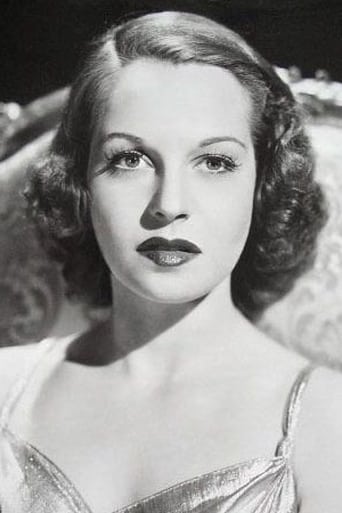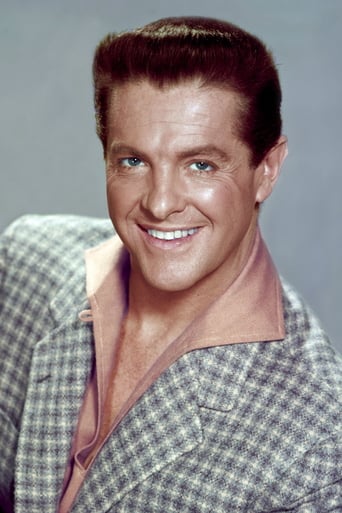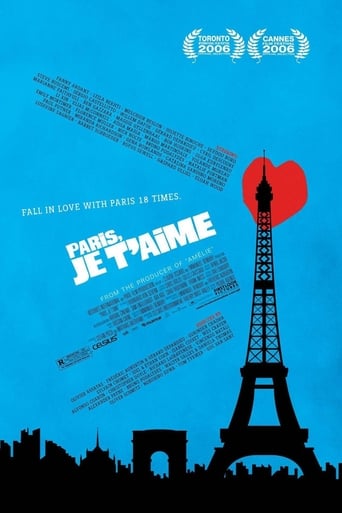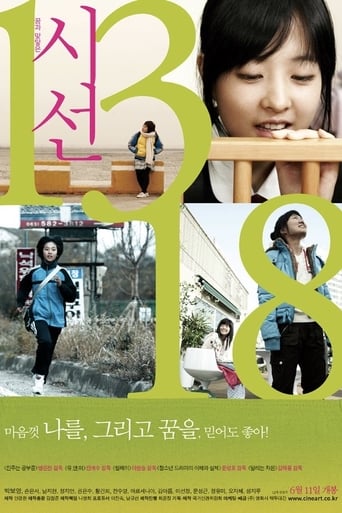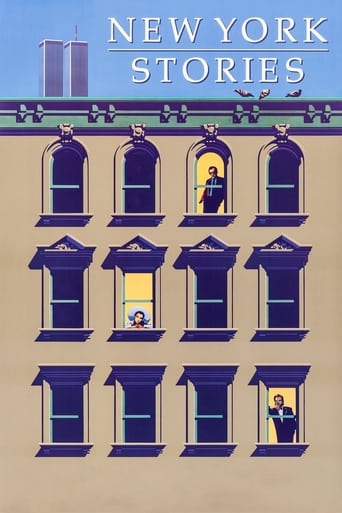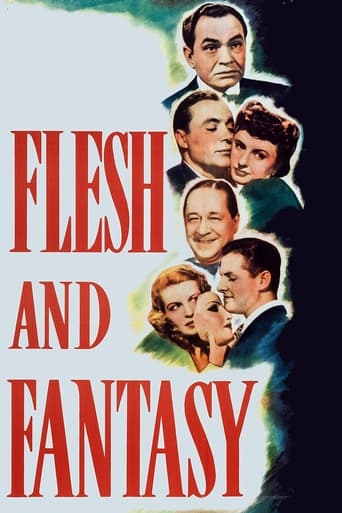
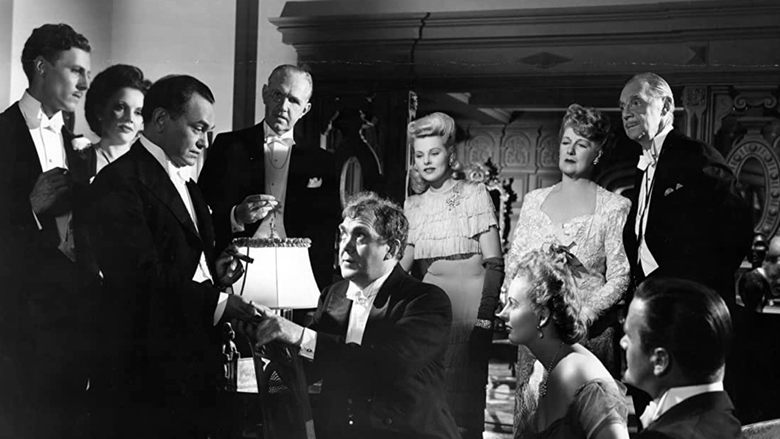
Flesh and Fantasy (1943)
Anthology film of three tales of the supernatural. The first story is set at the Mardi Gras in New Orleans. The second involves a psychic who predicts murder. The third is about a man who literally meets the girl of his dreams.
Watch Trailer
Cast
Similar titles
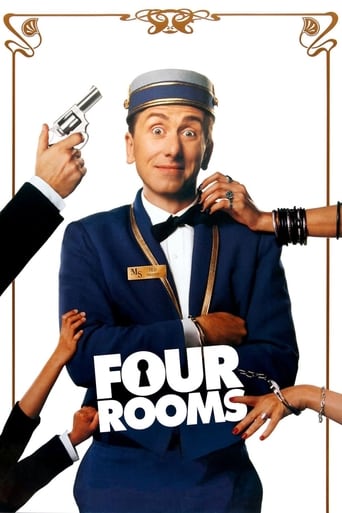


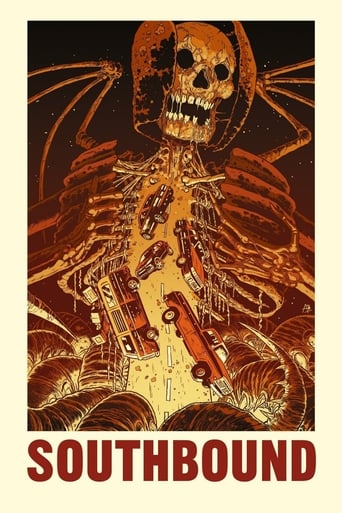
Reviews
Sadly Over-hyped
I cannot think of one single thing that I would change about this film. The acting is incomparable, the directing deft, and the writing poignantly brilliant.
A great movie, one of the best of this year. There was a bit of confusion at one point in the plot, but nothing serious.
This is a coming of age storyline that you've seen in one form or another for decades. It takes a truly unique voice to make yet another one worth watching.
I finally obtained "Flesh and Fantasy" from someone who taped it off of television. What television, I don't know, since I have never seen it on TCM. And God forbid that Universal should release it on DVD. Given that there are only 11 reviews, it doesn't appear that it's seen too often.Charles Boyer coproduced this film, and one assumes that Julien Duvivier and he were friends, and he got Duvivier to direct. Good choice as he does an excellent job. Also, Duvivier had directed the successful anthology film, Tales of Manhattan.The film begins with a discussion (by Robert Benchley and another man) about the truth of dreams, fortunetelling, superstition and the like. Then three stories, ostensibly from a book, are told. The first is a story by Ellis St. Joseph, starring Robert Cummings and Betty Field, about a bitter, mean, ugly woman who dons a mask on Mardi Gras that makes her look beautiful.The second story, Lord Arthur Savile's Crime, is by Oscar Wilde, about a fortuneteller (Thomas Mitchell) who tells a man (Edward G. Robinson) that he is going to commit a murder. The ending of this story was changed due to the Hays Code.The third story, by Laszlo Vadnay, flows from the second one as The Great Gaspar (Charles Boyer) witnesses something at the end of the previous story. Gaspar is a high wire artist who dreams that he falls, and in his dream, he sees a screaming (Barbara Stanwyck) who is wearing unusual earrings. He then meets her when the circus troupe is sailing abroad.Each story explores some question: can fantasy become reality, can a prediction become a self-fulfilling prophecy, are dreams real warnings? Very entertaining, with good performances and direction, with three good stories.
The inevitability of Fate and the mysterious movements of Destiny control our FLESH AND FANTASY.Director Julien Duvivier, in a follow-up to his previous TALES OF MANHATTAN (1942), crafted this new & intriguing sequential film. The emphasis, this time, is on the supernatural and precognition. In spite of the film's homilies about the ultimate power of personal responsibility, the movie is in reality about nothing more than providing some suspenseful entertainment for its audience.The three sequences are tied together by Robert Benchley, in his famous character of Doakes, who is shown the stories in a book at his men's club in an attempt to help him get over a case of the jitters.SEQUENCE ONE A bitter, unattractive seamstress (Betty Field) hopes a Mardi Gras mask will help her attract the affections of a young student (Robert Cummings). Edgar Barrier appears as the mysterious mask maker. Movie mavens will spot Marjorie Lord as a desperate client and Peter Lawford as an inquisitive Pierrot, both unbilled.The most intriguing moments in this sequence happens in the first few seconds, when demons are shown pulling a corpse out of the water, and in the last few, when the viewer sees what is in the mask shop window. Mr. Barrier's voice, honed by years of stage and radio experience, is put to good effect.SEQUENCE TWO A London lawyer (Edward G. Robinson) is told by a celebrated palmist (Thomas Mitchell) that he will commit a murder. Anna Lee appears as Robinson's fiancée; Dame May Whitty as her gossipy godmother. Wonderful Sir C. Aubrey Smith makes the most of his short role as a saintly cleric. Doris Lloyd plays a grieved widow, and Ian Wolfe a librarian, both uncredited.Based on a short story by Oscar Wilde, this is the film's most compelling episode. The acting is especially good, with Robinson topnotch and Mitchell turning in a canny performance. The special effects, in which Robinson discourses with his own reflection, are executed very nicely. Notice the mistake in the credits when they refer to Sir C. Aubrey Smith's character as the Dean of Chichester rather than the Dean of Norwalk.SEQUENCE THREE A circus aerialist (Charles Boyer) has a frightening dream in which he sees a beautiful woman (Barbara Stanwyck)-- and then he meets her. Charles Winninger plays the concerned owner of the circus. Clarence Muse appears unbilled as Boyer's attendant.The story is slightly silly, but the stars make a fine effort and the high wire scenes, using a double, are indeed suspenseful.
Flesh and Fantasy is a rare forties Hollywood attempt at an art film, and while I cannot say it's wholly successful, it's a good try. Directed by the highly esteemed French director Julian Duvivier and produced by the highly esteemed French actor Charles Boyer, it consists of three stories of the supernatural, told to Robert Benchley, in a framing device, in what appears to be a men's club. The first tale concerns a homely girl who is turned beautiful by the power of a mask sold to her by a strange little shopkeeper. It's a slight, lovely fable, well-acted by Betty Field and Bob Cummings. In the second story we find Edward G. Robinson in London, where a fortune teller reveals to him a fate he tries vainly to escape. The third segment, despite the presence of Charles Boyer and Barbara Stanwyck, is rather mediocre, and concerns predictions in a circus setting. Of these three tales the middle one, an adaptation of an Oscar Wilde story, is by far the best; it is also visually the most appealing. Duvivier brings a Gallic gentility to the film, and his compositions are excellent and always fastidious. One gathers that the movie must have been a labor of love for producer Charles Boyer. All the actors are in top form, and the picture does not at all feel like a product of the Universal studio of this period. Flesh and Fantasy is one of several wartime movies that dealt with the issues of death and fate, which were obviously hanging heavier than unusual on peoples' minds in those days. Off the top of my head I can think of Here Comes Mr. Jordan, I Married a Witch, A Guy Named Joe, Between Two Worlds, The Uninvited and The Picture Of Dorian Gray. Death, rather than dying, was a feature of most such films, which as a rule steered clear of anything grisly, which is to say reminiscent of battlefields. Flesh and Fantasy is quite good at this. With its soft chairs, cobbled streets and a convincing London bridge thrown in for good measure, it makes facing up to one's fate feel as comfortable and delicious a proposition as attending a masquerade ball.
This is a rather plodding series of three films dealing with dreams and pre-destination. The best is the central one, based on a Noel Coward story, in which Edward G. Robinson, Thomas Mitchell, Dame May Whitty and C. Aubrey Smith are all excellent. The first and last episodes are quite weak - and the linking sequences with Robert Benchley are just awful. But the film looks great, with interesting montages and great lighting. Overall though pretty disappointing.

